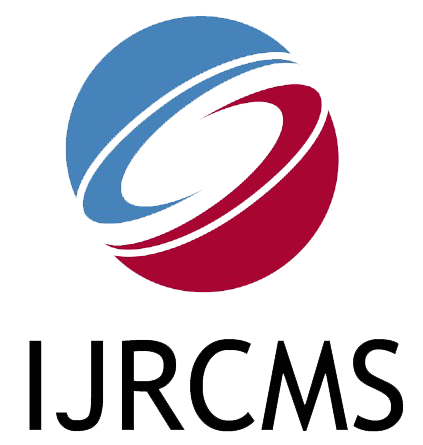| Title: EXCHANGE RATE FORECASTING: THE FUNDAMENTAL FORECASTING MODEL |
| Authors: Dr. Ioannis N. Kallianiotis |
| Abstract: This paper is using the fundamental forecasting model, which is a monetarist theory of exchange rate determination, for the current forecasting. This theory is tested empirically by using data, spot and forward rates and a variety of macro-variables from seven different countries with respect the U.S., as our domestic country. A GARCH-M model is used to forecast the volatility of the spot exchange rate. The paper is also using a Vector Auto-regression (VAR) framework to forecast simultaneously spot (s_t) and forward (f_t) exchange rates by utilizing exogenous macro-variables, time trends, and policy instruments. Further, at the end an impulse response function and a Hodrick-Prescott filter are used to present visually the behavior of the spot exchange rate. The countries used in the empirical work are, U.S. with respect the Euro-zone, Mexico, Canada, U.K., Switzerland, Japan, and Australia. The results show that these methods are giving very good forecasting for these seven exchange rates by minimizing the standard error of the regression (SER) and the root mean squared error (RMSE). Of course, uncertainty exists always in the forecasting of any economic variables, due to unanticipated public policies (monetary, fiscal, and trade) and other “innovations” in our financial markets, plus the new philosophies (i.e., liberalism, lack of ethics, perversions, DEI, AI, wars, BRICS, etc.), official measurements, and value system in our markets, societies, and way of living. |
| Keywords: Demand for Money and Exchange Rate, Foreign Exchange, Forecasting and Simulation, Information and Market Efficiency, International Financial Markets |
| DOI: https://doi.org/10.38193/IJRCMS.2023.5502 |
| PDF Download |
International Journal of Research in Commerce and Management Studies (IJRCMS)
ISSN 2582-2292, An open access bi-monthly e-journal
